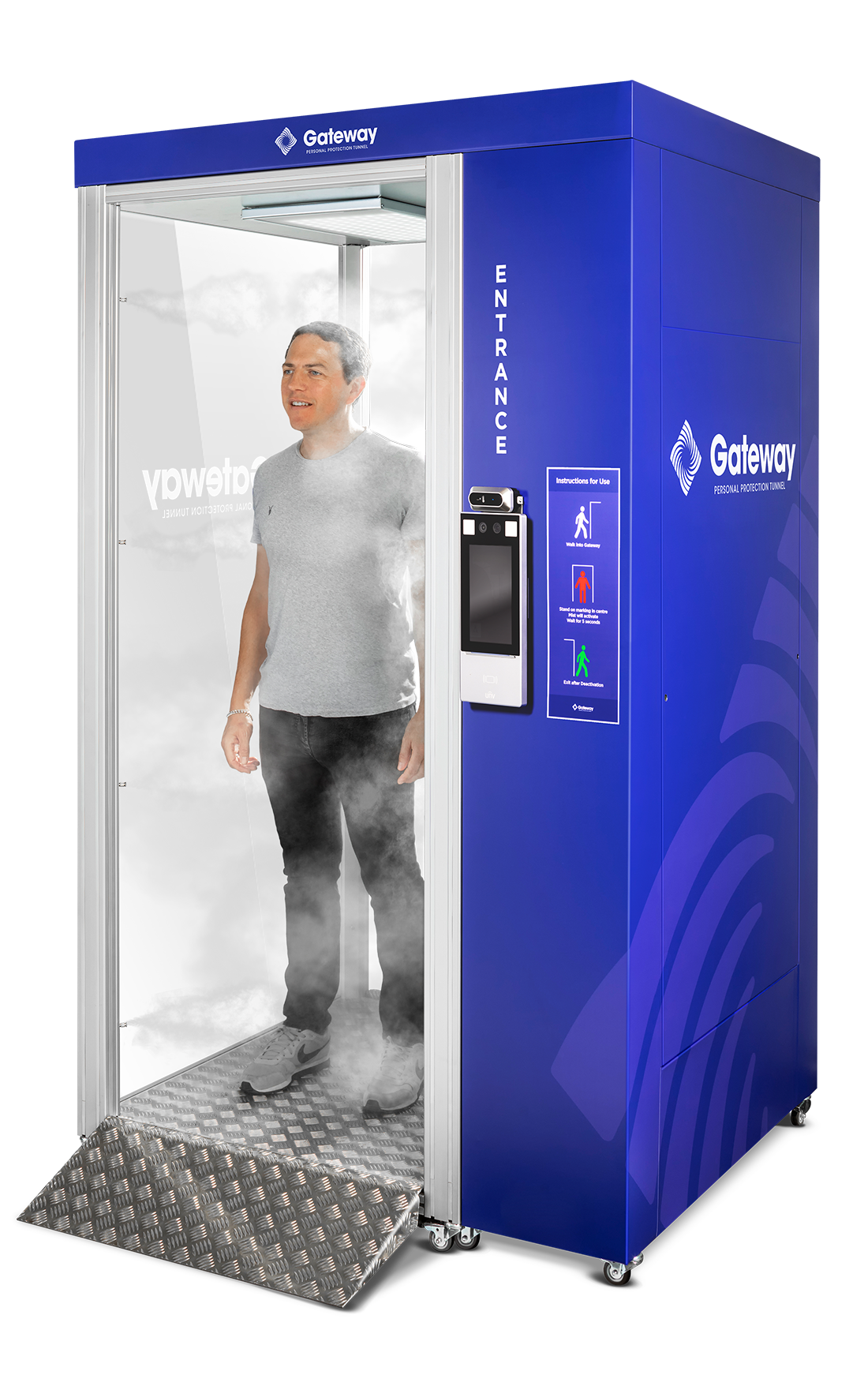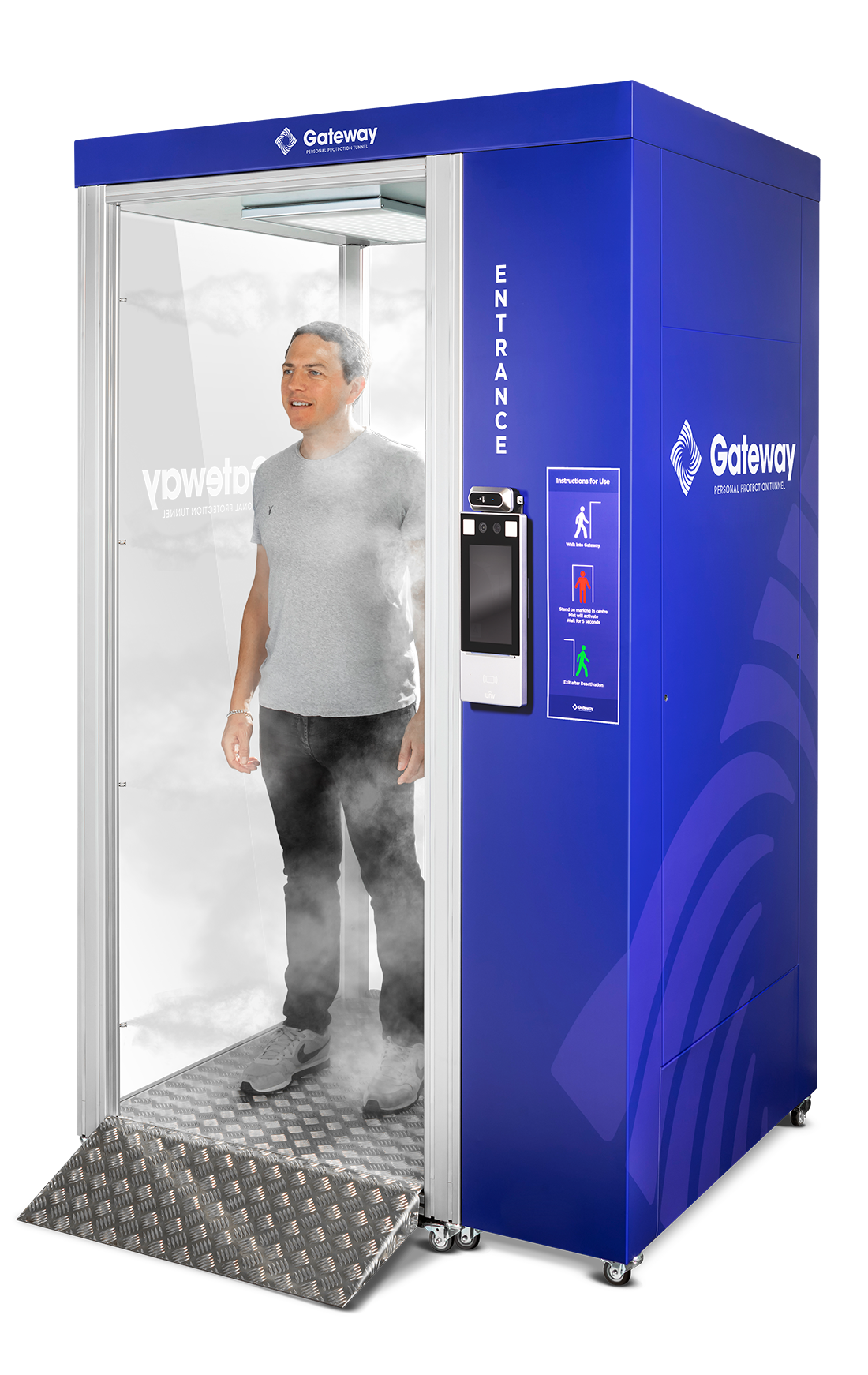Server Room Air Con and Temperature Requirements
Many businesses now rely on constant, easy access to technology and online resources. Data centres can hold the key to the smooth operation of your business, so it’s critical to keep the room and all the vital equipment inside well maintained and free from all kinds of interference.
One of the biggest threats to server rooms across the globe is high temperature and poor ventilation. Whether it’s a small local server or a wide network, overheating can not only disrupt your online presence, but can also cause severe damage to the servers themselves. This month, we’re looking at temperature and ventilation in server rooms, and how best to manage your data centre so you can stay online at all times.
Potential problems
Regardless of the size or scale of your server room, it is vital that you pay close attention to the operating temperature to prevent overheating. The components inside a server can be damaged easily by heat – especially if left to overheat for extended periods of time – and you can run into an array of problems from intermittent stoppages and crashes, to hardware failures and hardware damage which can reoccur further down the line. In the worst case scenario, you might end up facing melted hardware or even the outbreak of fire.
Servers that have suffered damage from high temperatures will be less reliable in day-to-day operation; your business may lose productivity due to poor server performance and you risk losing data because of disk failure.
Problems may not be localised to the overheating period either. Server components can suffer from performance issues even months after an instance of overheating, especially when placed under heavy load. Your business could be suffering the effects far longer than you might expect – which could interfere with productivity, your online services and any services you are extending to clients or customers.
Recommended temperature
A commercial server room should be fully equipped to keep ambient temperature at a comfortable level so as to allow the servers and their components to run as efficiently as possible without having to run at near dangerous levels. This means giving a lot of attention on proper ventilation and temperature control, maintenance and monitoring.
Air flow should be managed so that it is consistent throughout the room, and monitored closely to make sure that it is maintained. To achieve reliable performance without putting too much strain on the servers themselves, a good temperature to aim for is between 20°C and 24°C. Dangerous operating temperatures will be anything over 30°C, while something like 27°C will likely also be acceptable.
Monitoring, prevention and response
Temperature control doesn’t have to be guesswork. Proper planning will give you a comprehensive insight into the performance of your data centre. A professionally installed air con unit will allow you to set and manipulate temperature with ease, and installing dedicated temperature and humidity monitors inside your server room means you can receive constant, insightful updates on the server room temperature remotely.
With overheating, prevention and response are key. Prevention comes by equipping your server room with ventilation and cooling, finding the sweet spot and maintaining it throughout the day. If things do end up overheating, or reaching a temperature you might not be comfortable with, response needs to be immediate. It’s important to take steps to monitor your server room so that, should a certain temperature be reached, you – or your IT department – are notified immediately, via email, for example. This drastically limits the amount of time your servers have to cope with heightened temperatures, allowing you to turn off the hardware immediately to prevent damage, before working to rectify the temperature.
Professional insight
Different server rooms will need different requirements. The components themselves will generate heat on their own, so it’s important to counteract this with correct cooling and ventilation, and larger server rooms will be more complex to cool than smaller ones, for instance. The room’s location and layout will also need to be taken into consideration.
This is why it’s important to utilise professional input to help plan how a commercial air conditioner should be implemented in your server room, to ensure it is able to run smoothly and efficiently at all times.
Here at Conditioned Environment, we have years of experience installing commercial air conditioning units in a wide range of buildings, and our expert team can help plan the perfect air conditioning solution to serve your particular needs. We ensure safe and professional installation as well as comprehensive customer support and maintenance services including rapid, on-site response from our specialist engineers. To find out more about our commercial air conditioning units, or to discuss your specific requirements, don’t hesitate to contact us today – we are always happy to help.




